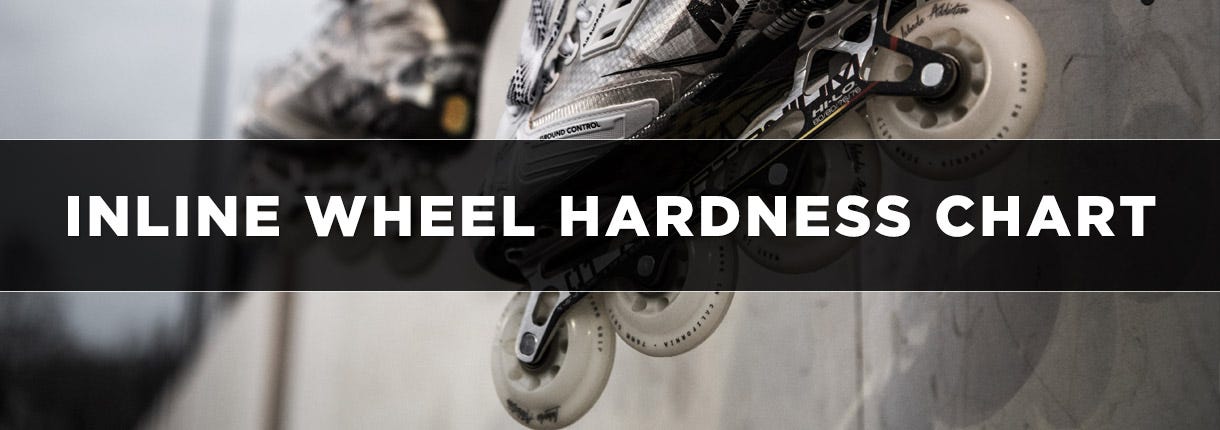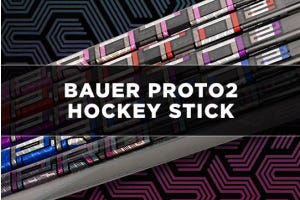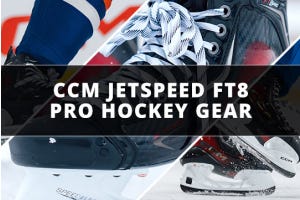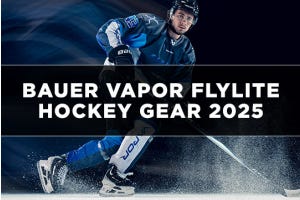Inline Skate Wheel Hardness Chart and Guide

Get rolling on the right wheels! Choosing the perfect inline skate wheel hardness can make all the difference in your skating experience. It impacts everything from speed and grip to comfort and control. Selecting the wrong size can lead to frustration, reduced performance, and even injuries. This comprehensive guide will equip you with the knowledge and tools to navigate the world of inline skate wheel hardness and find the perfect fit for your needs.
Inline Skate Wheel Hardness Chart
Standard 608 Core Wheels
| Rating | Hardness | Player Weight | Description |
|---|---|---|---|
| 74A | X-Soft | Under 150 lbs | Extra gripping power; Not recommended for large players. |
| 76A | Soft | 150 - 170 lbs | Still grippy but with more speed than an X-Soft wheel. |
| 78A | Medium | 160 - 190 lbs | Better for slightly larger players wanting grip without a major reduction in speed. |
| 80A | Hard | Over 190 lbs | Faster speeds with lower gripping power; Also for outdoor use. |
Try a combination of soft wheels on the outside for more grip and hard wheels on the inside for more speed.
Why Inline Skate Wheel Hardness Matters
Inline skate wheel hardness, measured in durometers (A), significantly impacts your skating experience in two key ways: speed and grip. Here's why it matters:
- Speed: Harder wheels, typically labeled with higher durometer numbers (85A and above), offer better rolling efficiency. They translate more of your push power into forward momentum, making them ideal for cruising long distances or skating at higher speeds.
- Grip: Softer wheels, with lower durometer numbers (78A and below), provide superior grip on rough surfaces or uneven terrain. This increased traction is beneficial for aggressive skating styles like park riding or maneuvering through obstacles, as it allows for better control and reduces the risk of slipping.
Choosing the right wheel hardness depends on your skating goals and preferences. If you prioritize speed and efficiency, opt for harder wheels. If grip and control are more important for your skating style, choose softer wheels.
Inline Skate Wheel Hardness Sizing Steps
Picking the right inline skate wheel hardness is crucial for grip, speed, and overall skating experience. Follow these steps and conquer the pavement with confidence:
Step 1: Assess your skating style and surface:
- Recreational/Fitness: 78A-85A: Offers a balance of grip and roll, ideal for smooth surfaces like trails and bike paths.
- Aggressive/Urban: 87A-95A: Provides increased grip and durability for tricks, jumps, and rougher terrain like sidewalks and skate parks.
- Speed/Racing: 88A-100A: Minimizes rolling resistance for maximum speed on smooth surfaces like velodromes or dedicated tracks.
Step 2: Consider your weight and skill level:
- Lighter skaters/beginners: Opt for softer wheels (78A-85A) for better grip and shock absorption.
- Heavy skaters/advanced skaters: Choose harder wheels (87A-100A) for improved speed and durability, especially at higher speeds.
Step 3: Consult the manufacturer's hardness chart:
Typically, each wheel brand offers a range of hardness options within their models. Compare the recommendations on the chart with your chosen skating style, the surface you'll be skating on, and your personal preferences. Feel free to reach out to the manufacturer for specific advice if needed.
Step 4: Pay attention to wheel size and core material
Larger wheels (80mm+) generally roll faster but are less maneuverable. Smaller wheels (72mm-) offer agility but may struggle on rough surfaces. Wheel core material (urethane, aluminum) also impacts performance. Consider factors like weight, vibration damping, and heat dissipation when making your choice.
Step 5: Experiment with different hardnesses
If possible, try out different wheel hardness levels to determine your personal preference. Pay attention to how the wheels perform in terms of speed, grip, and overall comfort. Adjust as needed.
Step 6: Try Before Purchasing
If possible, test the skates with your chosen wheel before making the final purchase. This enables you to evaluate comfort, balance, and overall performance.
Pro Tip: Start with slightly softer wheels than you think you need, especially as a beginner. You can always upgrade to harder wheels later as your skills and confidence grow.
Common Sizing Mistakes to Avoid
Selecting the right hardness for inline skate wheels is crucial for performance, grip, and overall skating experience. Here's are some of the common hardness sizing mistakes to avoid when choosing inline skate wheels:
Mistake 1: Overestimating your skill level
Beginners often choose excessively soft wheels seeking maximum grip, but this can hinder speed and responsiveness. Choose a slightly firmer wheel as you progress to improve rolling efficiency and maneuverability.
Mistake 2: Matching all wheels to the same hardness
Consider using a hybrid setup with slightly softer front wheels for grip and harder rear wheels for speed and rolling efficiency. This can be especially beneficial for aggressive skating and uneven terrain.
Mistake 3: Neglecting terrain variations
Choose the appropriate frame length based on your skating style. Longer frames provide stability at higher speeds, while shorter frames offer better maneuverability. Consider your skill level and intended use.
Mistake 4: Ignoring manufacturer recommendations
Check the manufacturer's recommendations for hardness levels based on your skating style, skill level, and intended use. Different brands may have varying hardness scales.
FAQs on Inline Skate Wheel Hardness Sizing
Can I use the same wheel hardness for all types of skating?
While versatile, it's recommended to choose wheel hardness based on the specific surface and type of skating you'll be doing for optimal performance.
How often should I replace my inline skate wheels?
Wheel lifespan depends on factors like skating frequency, surface type, and wheel hardness. Check for wear and flat spots regularly, and replace wheels as needed.
Can I change the hardness of my existing inline skate wheels?
No, you cannot change the hardness of existing wheels. To alter performance, you need to replace the wheels with ones of the desired hardness.
Can I use outdoor wheels indoors or vice versa?
While it's possible, it's not optimal. Outdoor wheels may feel sluggish indoors, and indoor wheels may lack grip on outdoor surfaces.











